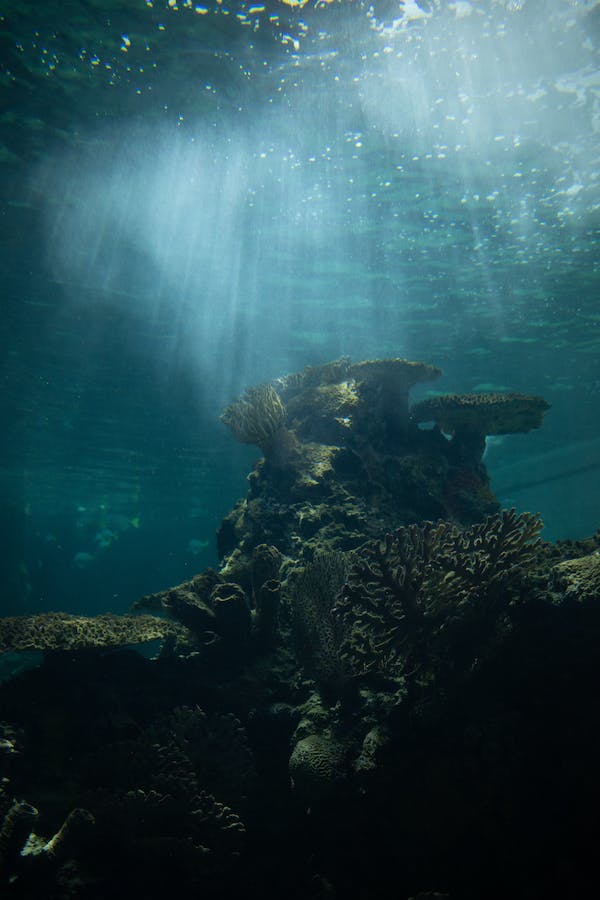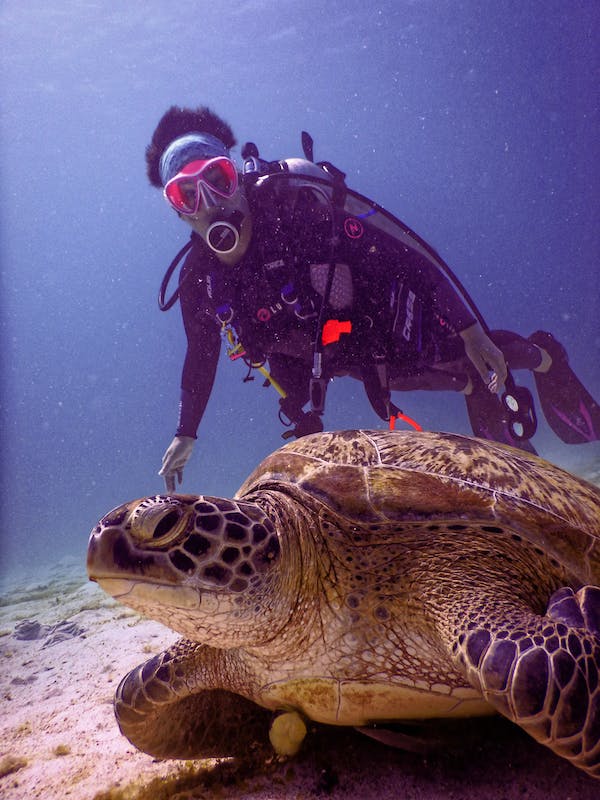Situated off Queensland’s coast, the Great Barrier Reef is one of Australia’s renowned landmarks and one of the world’s 7 natural wonders. It boasts a stunning mosaic of colors, transparent waters, and an impressive array of marine life, hard to find elsewhere on all Earth. You might have heard a lot from this breathtaking underwater gift to Australia, but here are other notable things you need to learn more about the iconic Great Barrier Reef.
1. It’s the World’s Largest Coral Reef System
Covering an area of 344,400 square miles, the Great Barrier Reef is the biggest reef and largest living structure on the planet. It’s bigger than the United Kingdom, Netherlands, and Switzerland combined or approximately the same size as Italy, Germany, or Japan. Despite its name, the GBR encompasses 2,900 individual reefs. It’s so massive that it’s visible from space, making it the only living thing that can be seen outside Earth with the naked eye.
2. 900 islands make up the Great Barrier Reef
Apart from individual reefs, colorful corals, and thriving marine life, the Great Barrier Reef covers more than 900 islands, dotting from the Cape York Peninsula (northernmost tip) to Lady Elliot Island (southernmost coral cay). Most of them are uninhabited and only have a modicum of vegetation, but several are also worth exploring. Some of the best islands to visit include Magnetic Island, Hamilton Island, Lady Musgrave Island, Orpheus Island, and Lizard Island, which offer great accommodations while allowing tourists to witness the aquatic wonderland beneath.
3. The Great Barrier Reef is home to a huge diversity of life
The Great Barrier Reef is a refuge to a stunning array of marine life. It’s home to 10% of the fish species on the planet, which include gobies, groupers, cods, wrasse, coral trout, snappers, parrotfish, and damselfish. There are also 30 species of porpoises, whales, dolphins, 17 species of sea snakes, and 134 species of rays and sharks. 500 types of mollusk and six among the seven sea turtle species also call the Great Barrier Reef home.
4. Dugongs lives here
Dugongs or sea cows, the relatives of the manatee, also live in the Great Barrier Reef. They are the last members of their family and are highly endangered on a global scale. There are about 10,000 dugongs that live in the Great Barrier Reef, making the region a vital feeding ground and haven for these mammals that strictly live on marine plants. Weighing as much as 400 kilograms and growing up to three meters in length, the dugongs are more related to elephants than whales and dolphins.
5. Saltwater crocodiles lurk around
Saltwater crocodiles, the fearsome yet beguiling, beautiful monsters also occasionally roam the coastlines near the Great Barrier Reef. They are the world’s largest living reptile, largest land-based predator, and possess the strongest bite of all the animals living today. Luckily, they prefer brackish rivers, billabongs, lakes, swamps, and estuaries. Still, it pays to croc-check before reef snorkeling or diving due to the infrequent croc sightings.
6. There’s life soaring above
The Great Barrier Reef’s biodiversity isn’t only under the water, as more than 200 bird species live in its islands. Commonly-seen bird species include the osprey, white-bellied sea eagle, and the black-naped and lesser-crested terns. The white-tailed tropicbird, rainbow bee-eater, pied imperial-pigeon, and the dollarbird are some of the island’s seasonal visitors that flock to the region to escape the winter.
7. The Great Barrier Reef is 500,000 years old
At an age of 500,000 years, the Great Barrier Reef may be too old but it’s relatively young given that coral reefs have existed for more than 500 million years. The GBR started forming just half a million years ago when temperatures in the sea started warming up, allowing the corals to grow and breed. It has evolved since then, with the newer corals only having formed 6,000 to 8,000 years ago after the last ice age.
8. A third of the planet’s coral is here
More than 600 coral species, both hard and soft, exist in the Great Barrier Reef Marine Park. Corals come in all sizes, shapes, and colors building up the 1,400-mile length of the reef. It’s a remarkable feat of Mother Nature, serving an important habitat to all the marine life that depends on it. Thus, also making it a crucial part of the global ecosystem and economy.
9. It’s a UNESCO World Heritage Site
In 1981, the Great Barrier Reef was inscribed as a UNESCO World Heritage site, given its ‘outstanding universal value.’ Four years later, it was listed as one of 7 Natural Wonders of the World along with other exceptional master strokes of Mother Earth like Mouth Everest, Grand Canyon, and Victoria Falls to name a few. Thus, proving the Great Barrier Reef’s outstanding natural attributes and immense global, scientific, and environmental importance.
10. It meets another UNESCO World Heritage Site
In 1988, the Wet Tropics of Queensland was also designated as a UNESCO World Heritage site. It covers 894,420 hectares made up of mostly tropical rainforests. Part of which is the Daintree Forest, the oldest rainforest in the world. Teeming with life, the Wet Tropics is home to prehistoric vegetation and some of the elusive creatures on the planet. What’s even remarkable is that the reef fringes the Wet Tropics’ coastline, making it the only place on Earth where two heritage sites meet.
11. A living fossil lives here
Along with the coral structures, a prehistoric creature is living in the Great Barrier Reef. The nautilus, the alien-like distant relative of the squid can be found in its water. This primitive shell-dwelling invertebrate has remained relatively unaltered for the past 500 million years. Nautiluses are only the last remaining members of the Nautiloidea subclass. Other astonishing prehistoric animals in the GRB include ancient sharks and crustaceans.
12. Corals spawn once annually
One of the most fascinating natural phenomena that happen in the Great Barrier Reef is the annual spawning of corals. Each year, when the conditions are ideal, usually after a full moon, the entire coral colony releases billions of eggs and sperm into the ocean at the same time. The cloud-like fumes resemble that of a snowstorm and happen for a few days. The synchronized spawning is crucial for the growth and repair of the entire reef. It’s a wildly stunning sight and can be an unforgettable experience for those who are able to witness it.
Final Words
Sadly, various threats including climate change, rising water temperatures, pollution, coastal development, and fishing endanger the Great Barrier Reef and all life that depends on it. What’s great is that the Australian Government and many conservationists are on top of this and are taking strict measures to save this natural wonder. Tourism is a big help, too, as it generates $5-6 billion in revenue annually and is used to protect the reef and help it survive in more generations to come.


